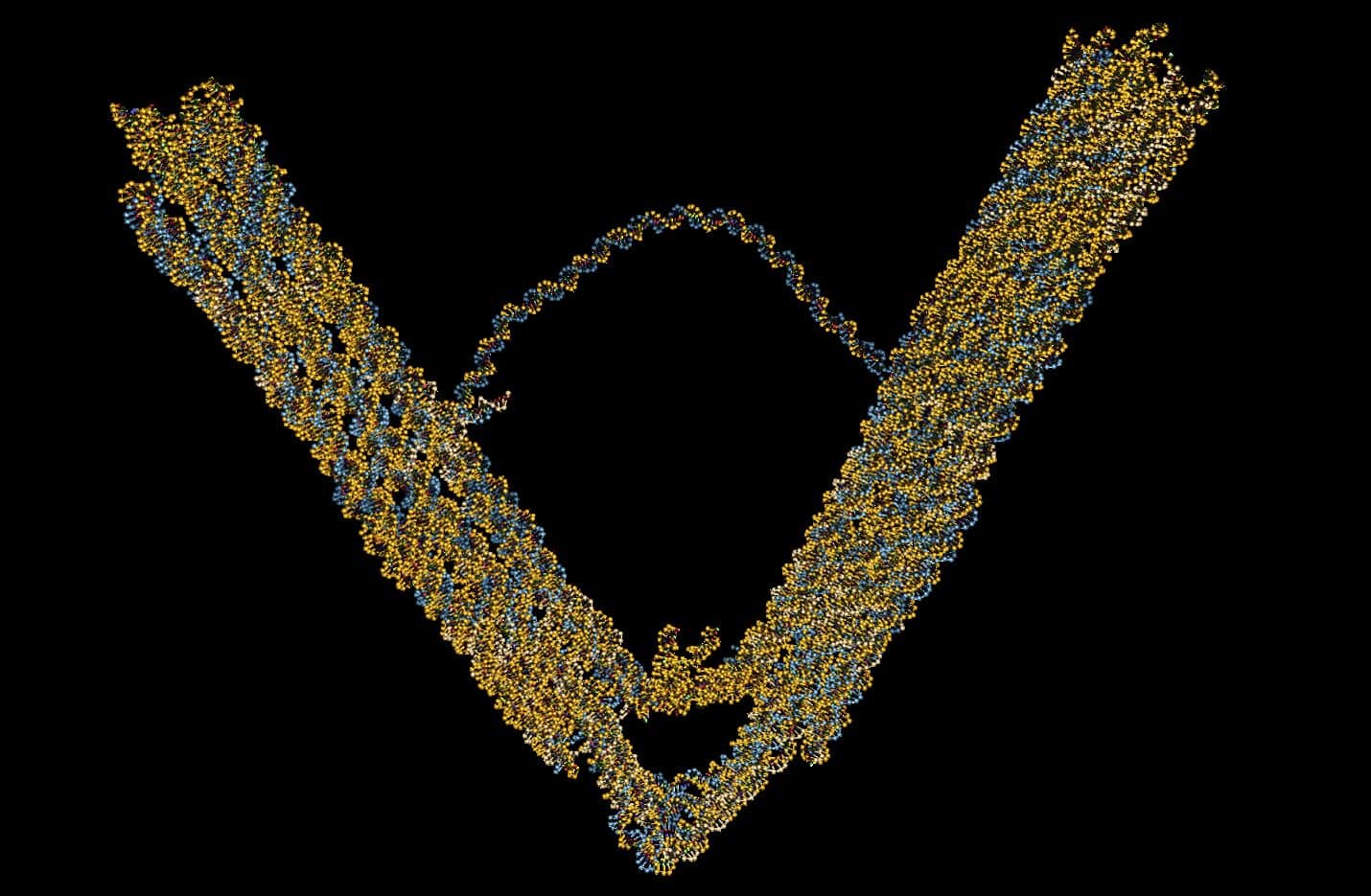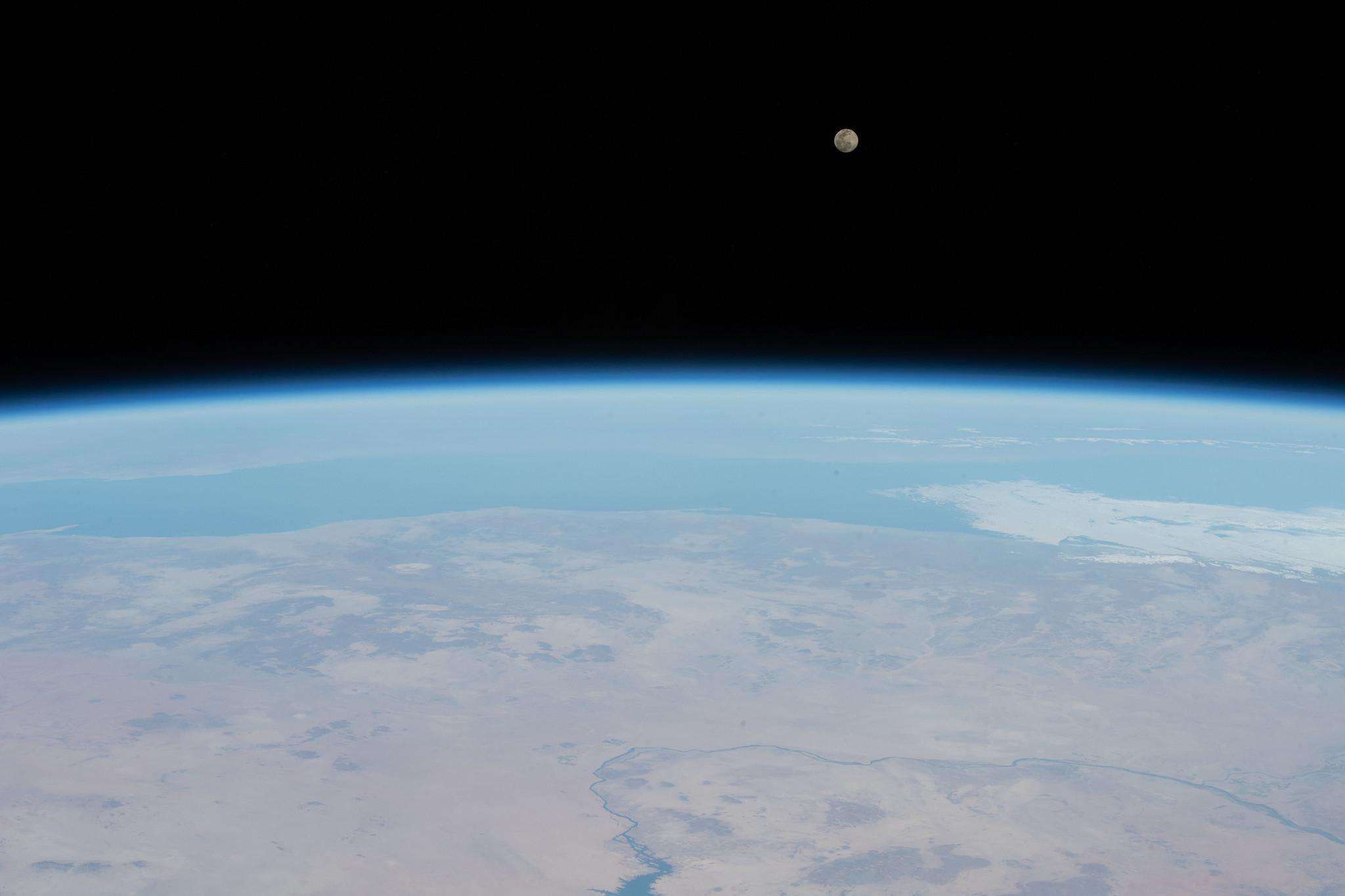
The tension is rising for NASA’s James Webb Space Telescope.
On Monday (Jan. 3), James Webb Space Telescope controllers began tightening the tension on its massive sunshield, a five-layer shield the size of a tennis court designed to keep the $10 billion observatory cool enough for science.
The task is the final step in unfolding Webb’s sunshield, and should take up to three days to complete. With Webb being so new to space — the $10 billion observatory only launched on Dec. 25 — the tensioning was delayed by two days as engineers took a break for the New Year’s Day holiday on Saturday (Jan. 1) and worked through couple of minor issues on Sunday.
“We’re not surprised,” Bill Ochs, Webb project manager at NASA’s Goddard Space Flight Center, said of the delay during a phone call with reporters Monday. “We understand that we will find things that we can’t see on the ground and when we look at them, we take a very close look at it, to make sure we understand.”
Live updates: NASA’s James Webb Space Telescope mission
Related: How the James Webb Space Telescope works in pictures
Engineers are now tensioning the first layer of the sunshield, which will continue through Monday if that goes to plan. Once complete, the Webb team will assess the deployment success and adapt the following four layers as required. The schedule calls for the deployment to finish on Wednesday (Jan. 5), but the timing of layer tensioning (and even the entire deployment) may vary depending on the engineering data Webb produces during its sequence.
Webb specializes in heat-sensitive infrared observations, making the sunshield a vital component of the observatory. The sunshield is part of a month-long deployment procedure to get the Hubble Space Telescope successor ready for gathering data from a distant point from Earth, nearly 1 million miles (1.6 million km) away from our planet.
As Webb executes the deployment, it is making the journey to its destination — a stable gravitational area called sun-Earth Lagrange Point 2 (L2), which allows the spacecraft to “park” with a minimum of fuel usage to stay steady. Since most of Webb’s deployment steps are controlled by the ground, this control allows engineers to make pauses in the deployment procedure to assess any issues as they arise.

Before tensioning the first layer of the sunshield, for example, engineers spent an extra day studying the power subsystem of Webb to make sure that the telescope was ready. They found two issues that were within the range of the telescope’s engineering parameters, but that they wanted to double-check out of caution.
One issue was a set of six motors used during sunshield tensioning. Due to sunlight shining upon the motors, they had a slightly higher temperature than expected, so engineers reoriented Webb to put the motors more in the shade.
The shading procedure ran Sunday (Jan. 2) and the motor temperature dropped as expected. “We like to have a lot of operating margin for our motors – and in fact, for anything we do,” said Amy Lo, observatory alignment thread lead at Webb’s prime contractor, Northrop Grumman, in the same press conference.
Lo added that the previous temperature spike was well within limits, at a peak motor temperature of 327 degrees Kelvin (129 Fahrenheit or 54 Celsius). Engineers were initially expecting temperatures of 320 Kelvin (116 Fahrenheit or 47 Celsius), but the motors are rated as high as about 340 Kelvin (152 Fahrenheit or 67 Celsius.) “We have plenty of operating margin,” Lo said.
The other issue had to do with the solar array output, which in turn affects Webb’s power. Webb is powered by five solar panels on its array, but a preset “max duty” cycle in an array regulator module was limiting the available voltage and not allowing Webb the resources it needed for ongoing observatory activities.
Webb’s duty cycle expresses the ratio of time a circuit in the solar array is on, compared to the time the circuit is off. The team always had plans to change the cycle after Webb’s launch, once they could see how the observatory operated in space, but they reset the cycle earlier than scheduled to “rebalance the array” during tensioning, Lo said.
The variance in the duty cycle is determined by the arrays’ temperatures. If there are higher temperatures in the arrays than expected, this leads to lower efficiency and a lower duty cycle limit, Lo explained.
Webb does have backup battery power, but the issue was drawing down the battery more than expected. That said, power output remained positive and Webb was “never power starved”, Lo said, while engineers worked on the issue. Webb engineers changed the solar array’s duty cycles, and then double-checked the fix would be adequate.

The resulting power change in the duty cycle wasn’t that much — only as high as 65 to 69 volts, depending on the array, compared with the factory preset of 58.6 volts, Lo said. Engineers also verified the fix would work in simulators at the Northrop factory, “because we’re engineers and we’re extra cautious,” Lo said. The simulations showed all were well.
Ochs emphasized that the issues during deployment were all within the range of the expected, as Webb is just stretching its legs in space. “We are finding that for most part, our models that we do pre-launch match what we see on orbit, but every once in a while, we see something that’s not quite matched,” he said.
“You want to understand what you’re looking at, make sure it’s not a problem,” he continued. “And that’s really what we’ve been spending a lot of our time with. It goes back to just understanding certain characteristics of the spacecraft that we never have anticipated, based on testing and so forth on the ground.”
Follow Elizabeth Howell on Twitter @howellspace. Follow us on Twitter @Spacedotcom and on Facebook.
Join our Space Forums to keep talking space on the latest missions, night sky and more! And if you have a news tip, correction or comment, let us know at: community@space.com.

Elizabeth Howell, Ph.D., is a contributing writer for Space.com since 2012. As a proud Trekkie and Canadian, she tackles topics like spaceflight, diversity, science fiction, astronomy and gaming to help others explore the universe. Elizabeth’s on-site reporting includes two human spaceflight launches from Kazakhstan, and embedded reporting from a simulated Mars mission in Utah. She holds a Ph.D. and M.Sc. in Space Studies from the University of North Dakota, and a Bachelor of Journalism from Canada’s Carleton University. Her latest book, NASA Leadership Moments, is co-written with astronaut Dave Williams. Elizabeth first got interested in space after watching the movie Apollo 13 in 1996, and still wants to be an astronaut someday.
Note: This article have been indexed to our site. We do not claim legitimacy, ownership or copyright of any of the content above. To see the article at original source Click Here













